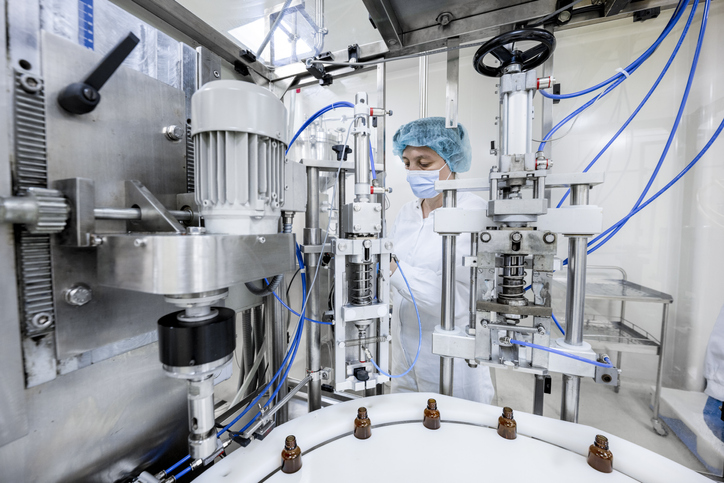Applying smart, continuous manufacturing to biopharmaceuticals ultimately requires detailed digital models for each unit operation. Although the industry is moving toward that goal, achieving real-time quantification and control of a product’s critical quality attributes remains challenging.
In a recent paper, Anurag S. Rathore and colleagues at the Indian Institute of Technology, Delhi, applied a combined framework of cyber-physical system (CPS) and digital twin (DT) for process automation of Chinese hamster ovary (CHO) cell clarification using acoustic wave separation (AWS) technology.
In real-time, the team monitored “turbidity values from each (AWS) chamber, setpoint computation using a hybrid model, and controller action by modulating acoustic power” and measured the effects of changes in critical process parameters on protein recovery. The control framework that emerged from combining this cyber-physical system with a digital-twin (CPS-DT) enabled an average deviation of less than 1% in the final separation chamber, contrasted to an average 22.5% deviation without such control.
“This architecture enables the transition from batch to a continuous mode of operation, leading to a cost savings of about 35% in costs of goods per gram of monoclonal antibodies,” Rathore tells GEN. Cell separation efficiency consistently exceeded 90%.
Real-time control is vital
Success depends upon the model’s ability to accurately reflect the dynamics of each operation, communicate process conditions as they occur, and predict and regulate critical process parameters in real-time.
To implement this method, Rathore says:
- “Identify critical process parameters that affect critical quality attributes of the product for each unit operation.
- “Develop high-fidelity virtual models for digital twins to accurately represent the physicochemical and biological properties of the physical unit operations.
- “Map the cyber-physical interface and enable real-time communications; integrate the hardware, software, and communications technologies; and link the sensors, actuators, controllers, and additional devices.
- “Implement continued process verification using the developed CPS-DT framework to enhance process control and reduce the necessity for scheduled revalidation.”
Rathore elaborates, “Data collected in real-time from physical systems can be used by the cyber/digital model to calculate the control output and transmit it to the actuators for actual physical implementation.” Additionally, probable deviations and defects can be forecast, “enabling the creation of improved control and service solutions ahead of time.”
This approach brings biopharmaceutical processing a step closer to Industry 4.0 goals by providing a framework for both automation and continuous, control-based process operations.
This system is ready for industrial-scale implementation now. Rathore says he is working with Tata Consultancy Services to enhance the existing architecture to include features such as Internet-of-Things-enabled sensors, wireless sensor networks, cloud technologies, deep learning models, cybersecurity, and continued process verification.


